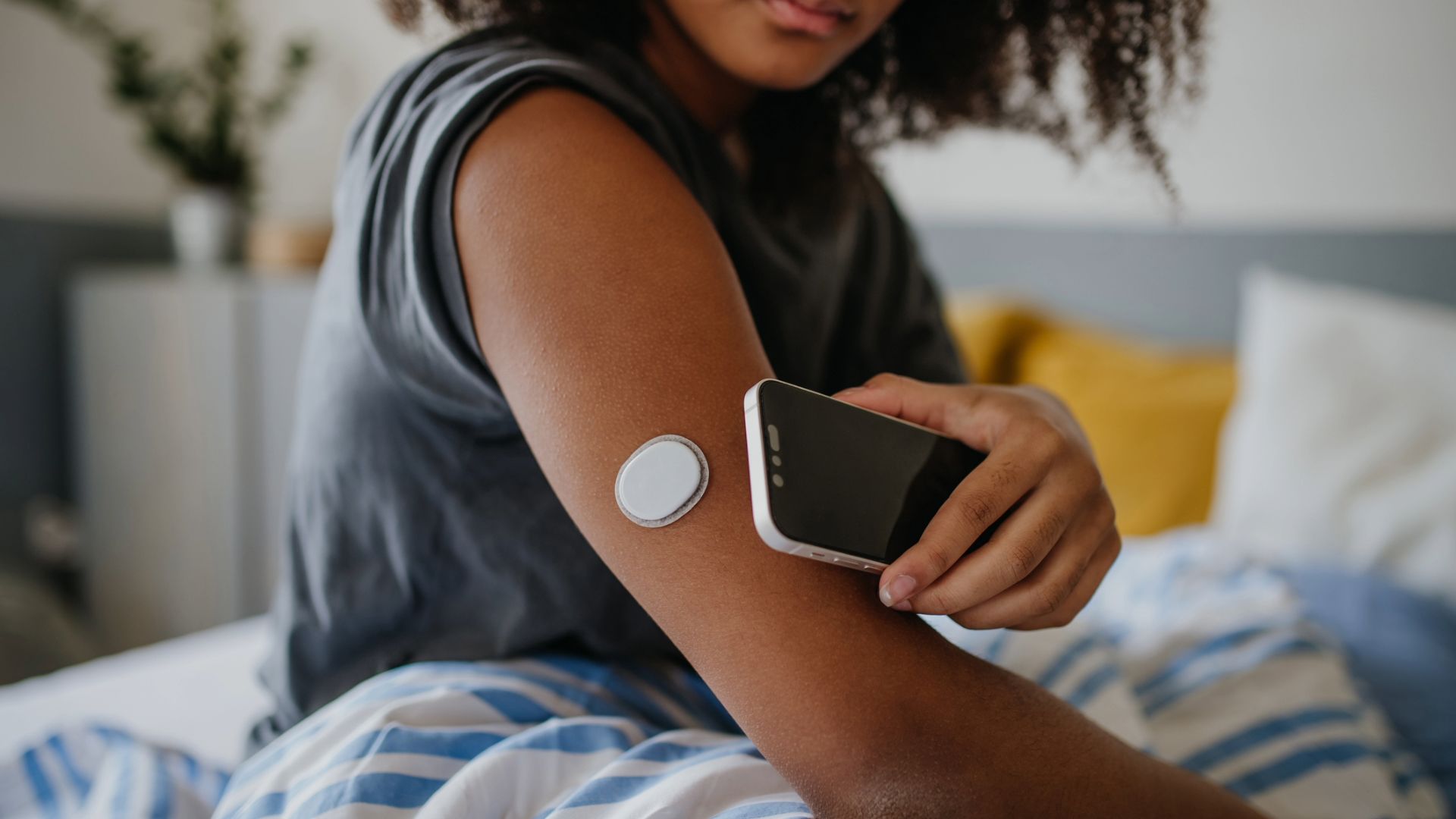Updated on April 2, 2024
Although type 1 diabetes can begin at any age—and there are many people who are diagnosed with type 1 diabetes as adults—the condition is often diagnosed during childhood or adolescence. Because type 1 diabetes is a lifelong condition, it’s essential that a child with the condition build strong foundational knowledge about how the condition affects the body and how it needs to be managed.
Parents, guardians, and caretakers of a child with type 1 diabetes will not only have to understand the condition themselves, but they will also need to know how to explain the condition to a child and be able to answer a child’s questions about the condition.
Explaining type 1 diabetes to kids at different ages
A child’s age is one of the biggest determining factors in how you approach diabetes education. Below are some guidelines for how to approach learning about type 1 diabetes with kids in preschool, kids in grade school, kids in middle school, teenagers, and young adults.
Also remember that different kids respond to different learning approaches. While the below is a guide, you know the kid under your care. Whenever possible, use that knowledge to make the topics more accessible.
Preschool (ages 3 to 5)
- Provide simple explanations. Keep the terms you use and the explanations you use simple and straightforward and focus on the basics. For example, an explanation of how insulin works inside the body will likely be too complex for a preschooler. Explaining that they need a special kind of medicine (insulin) to prevent them from getting sick is a better approach.
- Explain symptoms. It’s never too soon to start teaching a child to recognize symptoms of high and low blood sugar. Emphasize that things like feeling hungry, thirsty, grumpy, dizzy, tired, or needing to go to the bathroom a lot can be signs that they are sick.
- Use learning aids. Pictures, diagrams, books, arts and crafts, and games can all be useful learning aids and helpful when explaining new concepts. Ask the child’s healthcare provider for recommendations, and also seek out recommendations from other parents, guardians, and caretakers for kids with diabetes.
- Provide reassurance. It’s important for a child to know that they are not sick all the time, and to encourage them to try sports and other activities. It’s also important that a child knows diabetes is not their fault.
- Encourage participation. For kids in this age group, an adult should be administering glucose tests and insulin doses, but it’s important to involve a child as much as possible in the process. For example, let them choose where to get an insulin shot.
Grade school (ages 6 to 10)
- Build on previous knowledge. If the child was diagnosed at an earlier age, use what they already know about type 1 diabetes as a foundation, and start building on that knowledge.
- More complex terms and concepts. Start teaching a child more complex terms and concepts—what blood sugar is and why it needs to be checked regularly, how insulin works and why they need insulin to stay healthy.
- Add responsibilities. Kids in this age group should be encouraged to take on more responsibilities with the tasks involved in managing diabetes. Responsibilities should always be added gradually. For example, having the child check that the dose of insulin is correct before administering it or having a child administer a dose of insulin under careful supervision.
- Talk more about symptoms. Teach a child about different symptoms, what different symptoms mean (such as high blood sugar and low blood sugar), when to check blood sugar, and what to do if they do not feel well. This will help provide groundwork as a child becomes more independent over the next years.
- Encourage questions and honesty. Encourage the child to ask questions and be honest if you do not know the answers. Make it a point to learn more about diabetes together. Also encourage a child to be honest about how they feel—and that it’s okay to feel scared or frustrated at times.
Middle school (ages 11 to 13)
- Add more science. Kids in this age group can benefit from a more detailed explanation of how insulin and glucose work together in the body, what’s happening in the body when a person has type 1 diabetes, how insulin therapy works, and how to recognize symptoms.
- Encourage open communication. Kids at this age will begin to seek more independence and need to make more decisions on their own, including decisions that can affect diabetes and health. You want to encourage the kid under your care to come to you with any difficulties, problems, or concerns—for example, if they are embarrassed by having diabetes or aren’t sure how to explain the condition to someone in their peer group.
- Add more responsibility. Continue to add responsibilities around diabetes management—things like checking blood glucose, administering insulin, and counting carbs.
- Talk about healthy choices. Emphasize the importance of life-long management and making healthy choices around things like food, alcohol, smoking, recreational drugs, and other choices that can have consequences for health. Encourage exercise, good nutrition, and other healthy habits.
Teens and young adults (ages 14 to 20)
- Encourage independence and responsibility. A teenager should be taking control over most aspects of managing type 1 diabetes, including checking blood sugar and taking insulin. They should also have a clear understanding of the consequences that can occur if diabetes is not properly managed.
- Check in. While you want to encourage independence and respect boundaries, you also want to check in with a teen. You want to know that they are adhering to treatment. You also want to know what their day-to-day life is like—do they feel different or have a harder time fitting in because of diabetes?
- Talk about choices and consequences. Talk about alcohol, smoking, and recreational drugs and the complications these can cause when a person has type 1 diabetes.
- Encourage open communication. You want a teen to feel they can come to you with a problem and that they will have your support. This can make it easier to discuss things like peer pressure, parties, social events, and other concerns they may face.
At any age, it can be helpful for a young person to meet and socialize with other kids their age who are also living with diabetes. Look for opportunities where you live, and ask your healthcare provider if they have any recommendations.






